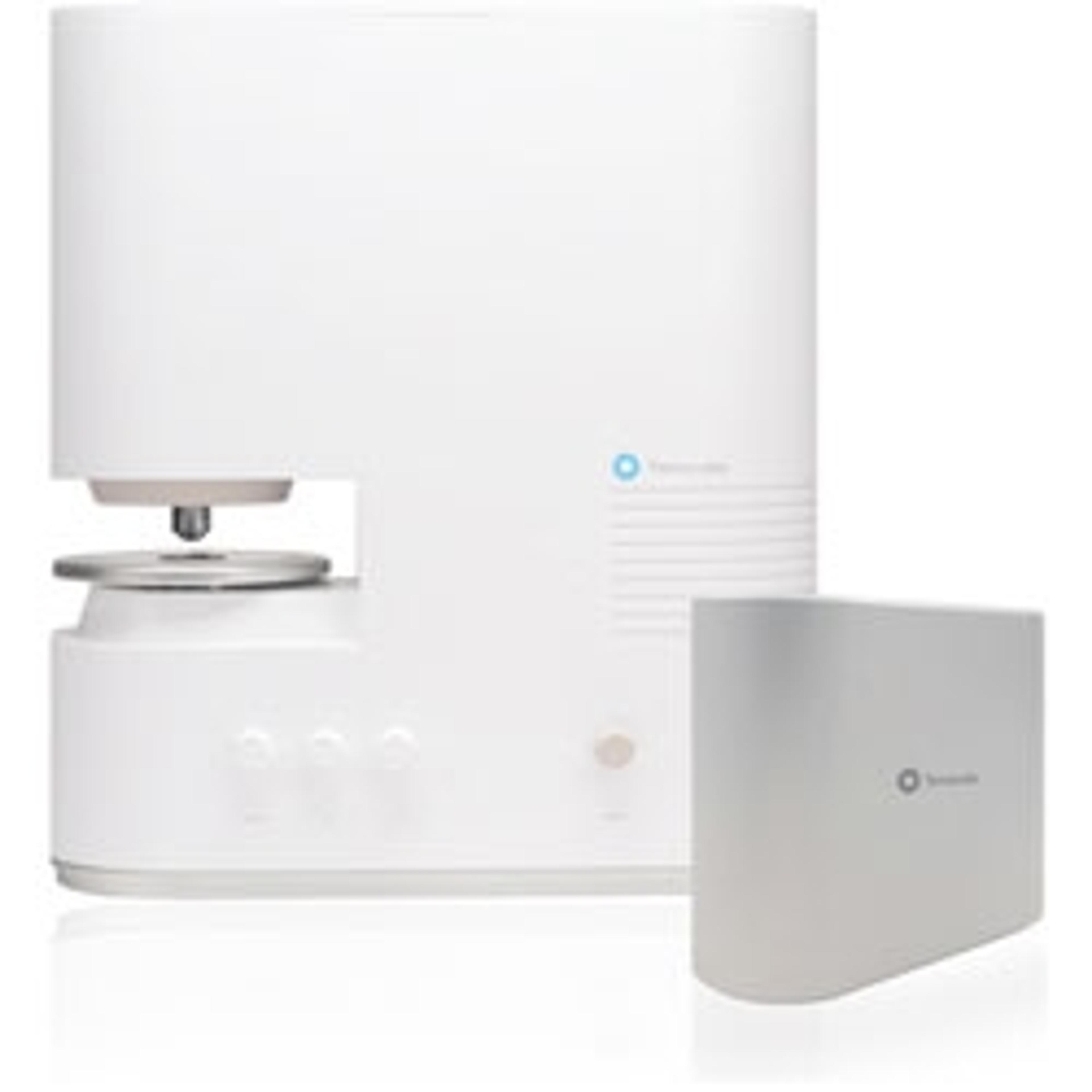Tomocube holotomography microscopy drives forward rapid diagnosis of blood cancers
Uniquely shaped red blood cells observed for the first time in patient blood could be breakthrough in diagnosis of myelodysplastic syndrome (MDS)
31 Jan 2020
Although the three-dimensional (3-D) shape of erythrocytes is strongly associated with various malignant blood disorders, conventional optical imaging approaches only provide information on two-dimensional morphology. Now, a Korean research team has used the Tomocube holotomography microscope to observe uniquely shaped red blood cells (RBCs) for the first time in the peripheral blood of a patient diagnosed with myelodysplastic syndrome (MDS).
According to Aubrey lambert, Tomocube’s chief marketing officer, “this could be a breakthrough for the rapid diagnosis of MDS, a group of cancers that disrupt the production and maturation of blood cells within the bone marrow. Not only may it eliminate the need to carry out a confirmatory bone marrow examination under local anesthetic but the ability to quickly screen blood samples may help with early diagnosis of MDS, a disease that progresses to acute myeloid leukaemia (AML) in approximately one-third of patients.”
The research team was led by Dr. Seongsoo Jang of the University of Ulsan College of Medicine and Asan Medical Center in Seoul, Korea. Using blood samples left over from the complete blood cell count of a patient originally diagnosed with MDS who had subsequently undergone an allogeneic hematopoietic stem cell transplantation (HSCT), the 3-D RI tomograms of reconstructed RBCs revealed unique cup-shaped RBCs in approx. one-third of the RBCs. No cup-shaped RBCs were found in a control sample and the normal 2-D light microscopy examination was unable to differentiate between normal and cup-shaped RBCs.
The myelodysplastic syndromes (MDS) are a group of fast-progressing diseases affecting the elderly in which most of the immature blood cells in the bone marrow are of poor quality and are destroyed before they leave the bone marrow. Red cells, white cells and platelets are affected and, although the bone marrow in MDS sufferers is more active than normal, fewer blood cells are found in the circulation, which is an indication for MDS. Typically, there are no early symptoms but tiredness, shortness of breath, frequent infections and easy bleeding are found later, and a significant proportion of sufferers go on to develop acute myeloid leukaemia. Risk factors include previous chemotherapy or radiation therapy, exposure to heavy metals, and exposure to certain chemicals, such as tobacco smoke and pesticides.
The Tomocube holotomography microscope delivers quantitative, nanoscale, real-time, 3-D images of individual living cells quickly and simply without any sample preparation. The holotomography images also deliver vital information on unique cell properties, including cell volume, shapes of sub-cellular organelles, cytoplasmic density, surface area, and deformability. Although not used in the MDS study, the latest HT-2 model combines the quantitative phase imaging (QPI) approach of label-free, 3-D refractive index (RI) tomography with 3-D fluorescence imaging. Winner of the Microscopy Today 2019 Innovation Award, this microscope enables long-term tracking of specific targets in live cells while minimizing stress. The capability to easily deliver holotomography and fluorescence correlative analysis in 2D, 3D and 4D will enable researchers and clinicians to open new frontiers in bioscience and better understand, diagnose, and treat disease.
Want more of the latest science news straight to your inbox? Become a SelectScience member for free today>>

